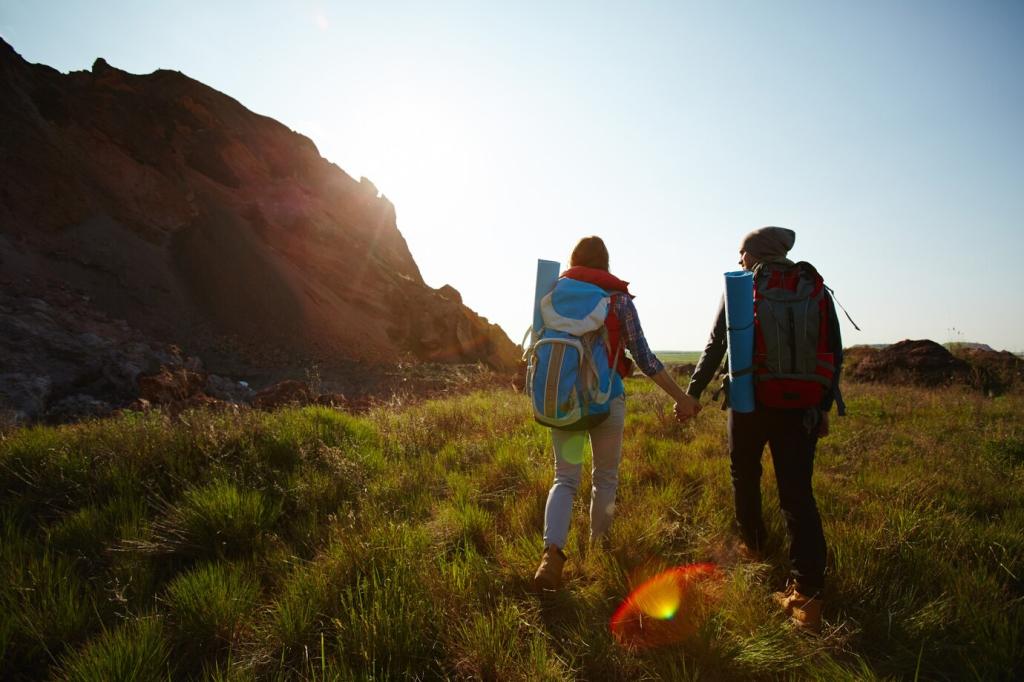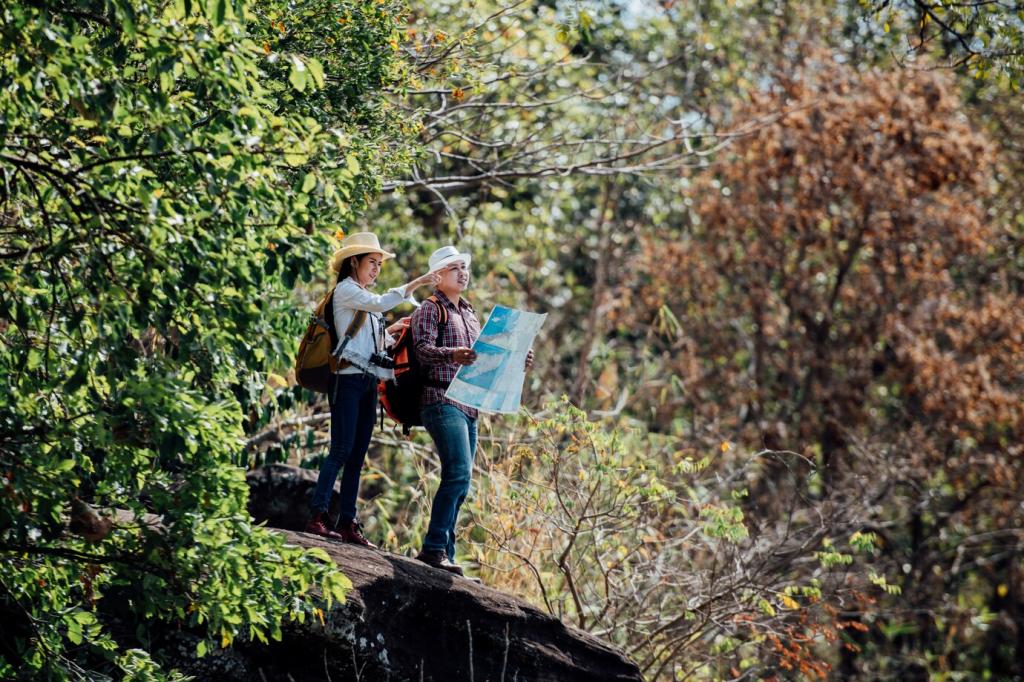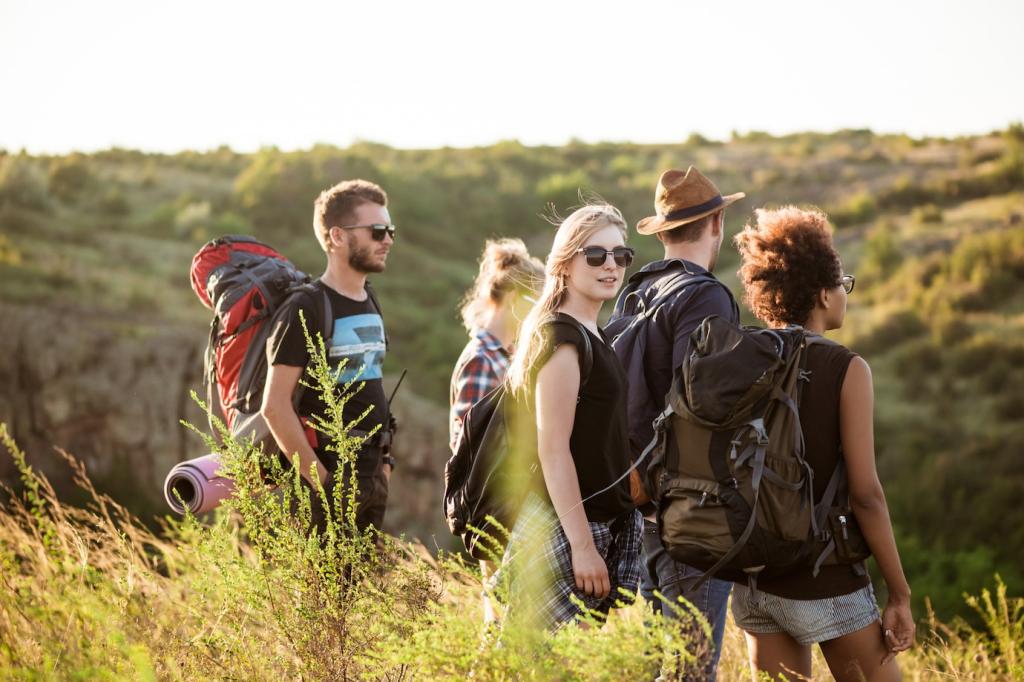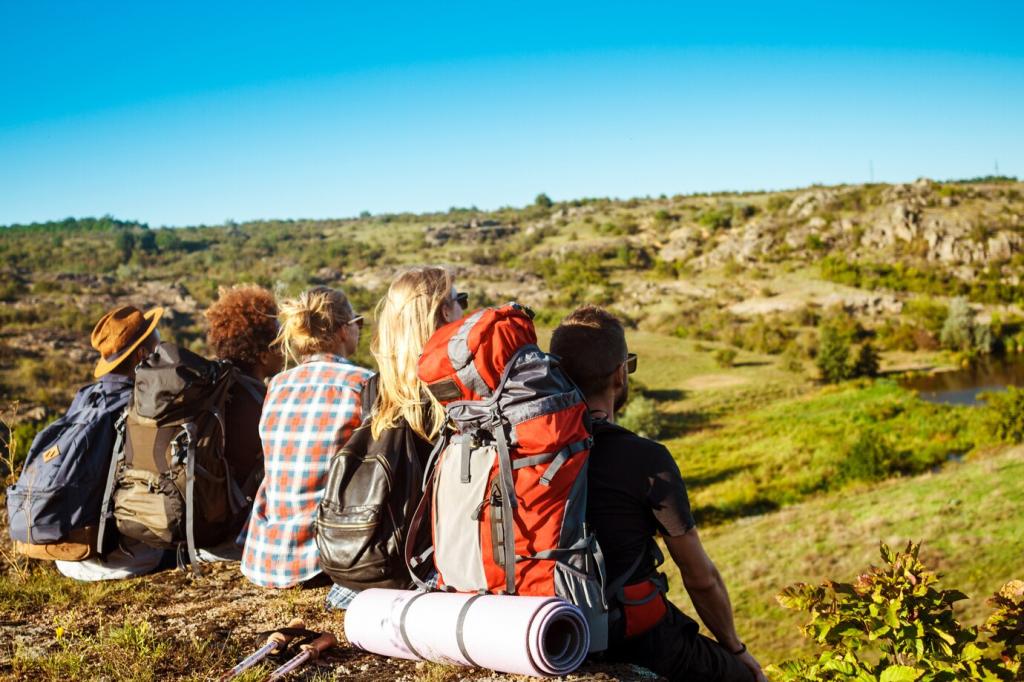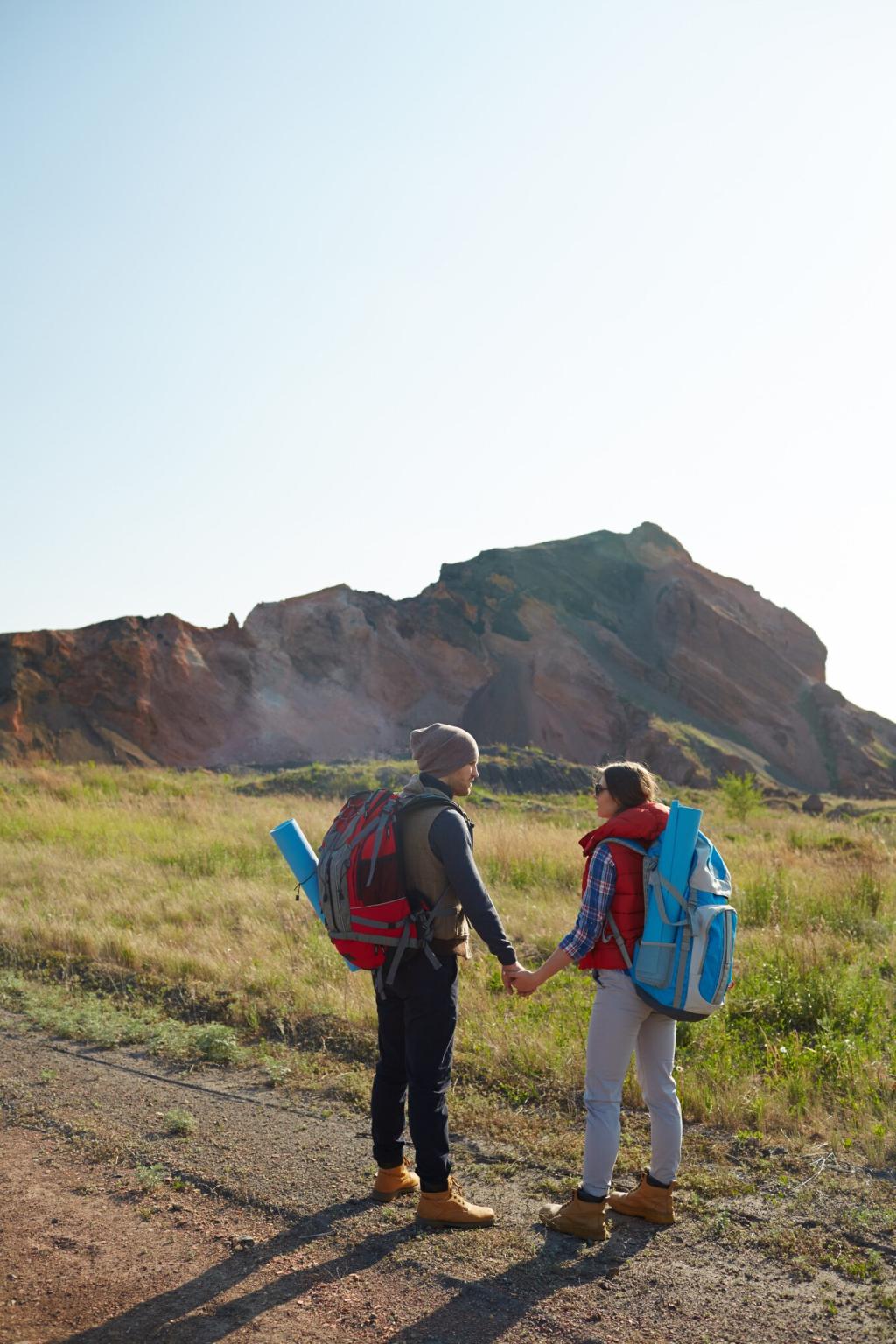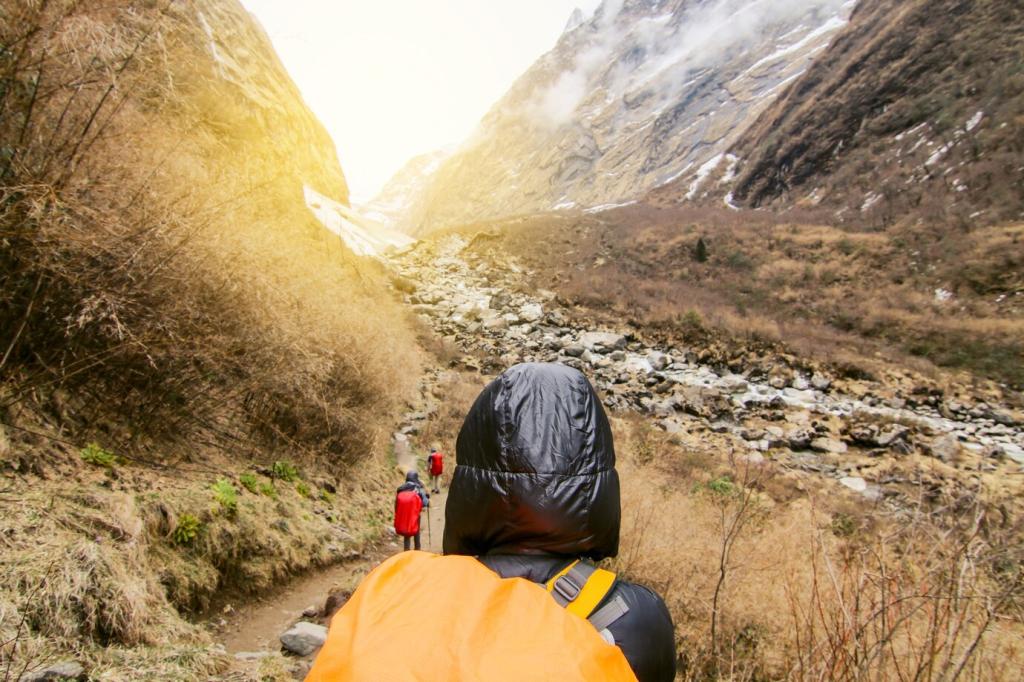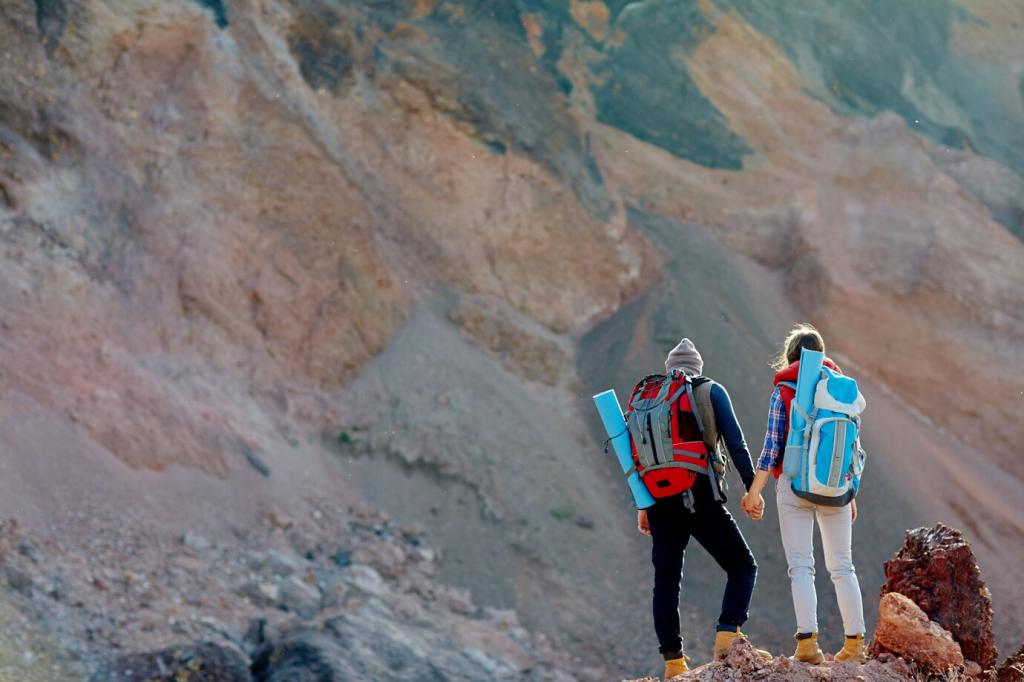Risk, Physiology, and First Aid Fundamentals
Mumbles and clumsiness hint at hypothermia; glassy stare and cramps signal heat issues; headache and nausea flag altitude problems. Use the STOP method: Stop, Think, Observe, Plan. What early sign have you learned never to ignore on punishing days outside?
Risk, Physiology, and First Aid Fundamentals
Pack an insulating pad, compact bivy, chemical warmers, ORS packets, blister repair, and a satellite communicator. Add tape, gauze, and a lightweight splint option. What single item has earned a permanent spot after proving itself in a harsh-weather scramble?

